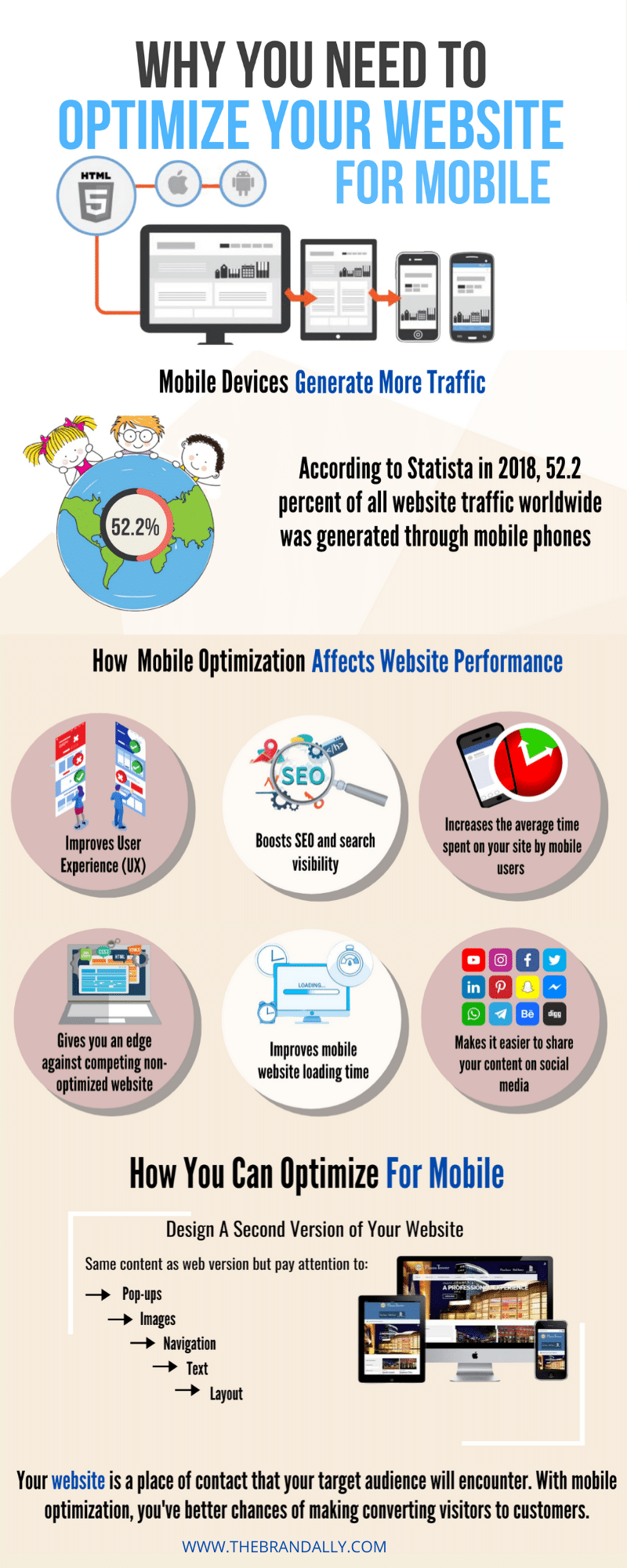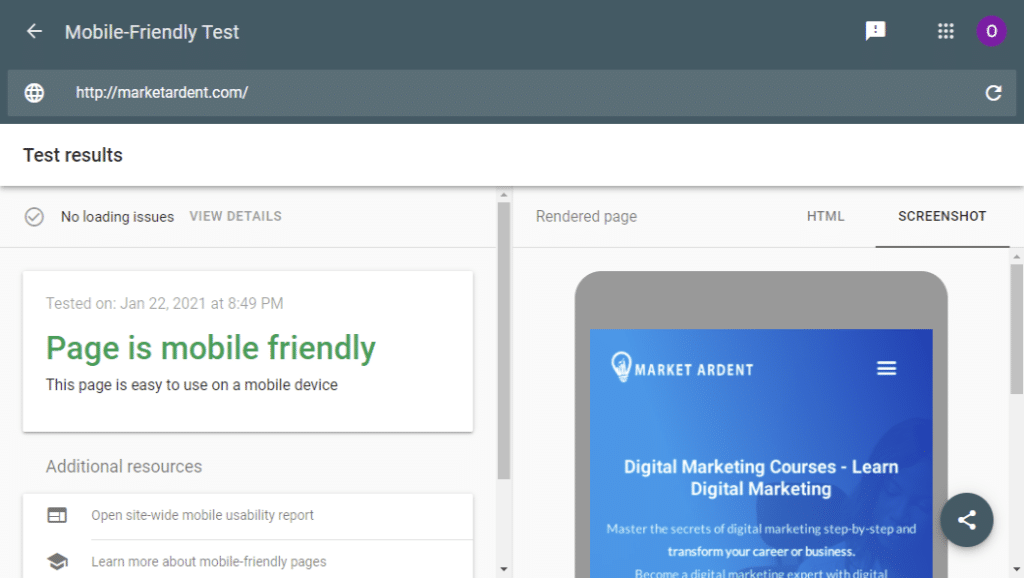Are you struggling with making sales or getting leads on your website? If your answer is yes, it could be because visitors aren’t staying long enough to convert. That affects what is called bounce rate.
In this post, we’ll cover bounce rate: what it is and how you can improve your website’s bounce rate so that you get more sales and leads on your website.
Bounce Rate For Dummies
According to Hubspot, bounce rate means the percentage of people who land on a page on your website and leave without navigating to any other page.
To help you understand it better, here’s it explained.
Let’s say someone finds one of your blogs or pages on Google search. Then the person clicks the link to read the full article or page. If the person gets to that page or post but exits your website without visiting any other page on your website, the bounce rate for that visitor is high.
In other words, when visitors and customers get to your landing page, they bounce off or leave your site before they even give you a chance to convert them to paying customers.
Why Bother About Your Bounce Rate?
A high bounce rate shows that something is wrong with your website or your marketing strategy. It could mean that you’re not attracting the right kind of website visitors, or the visitors don’t have a good user experience when they come to your website.
If you have worked hard on your website but are still struggling with getting better rankings on Google search or more sales and leads, the answer can optimize your site for a better bounce rate.
Here’s an image that shows what your bounce rate should be. It is classified according to industry:

Generally, your target for the bounce rate of your site should be 40%. If it’s above 55%, you’ll need to look out for reasons why visitors are leaving your website quickly and find ways to improve that by reducing the bounce rate.
First, let me show you how to find out if you have a high bounce rate.
How To Find Out What Your Bounce Rate Is
Sign in to your Google Analytics account. In your dashboard, you should see something that looks like this:

If you haven’t connected your website to Google Analytics, this link should help you set it up.
Now, let’s look into optimizing bounce rate.
How To Reduce Your Site’s Bounce Rate
Below are some ways to reduce your site’s bounce rate and improve your website’s conversion rate.
1. Improve Your Content Readability
One reason why your target audience/customers might leave your site so quickly is a lack of readability. This is where user experience begins: when your content is readable and legible.
Over time, I have seen many companies that have great content and very lousy formatting. This results in a higher bounce and faster exit rate.
Consequently, even though they have good content and information to give out, their target customers don’t even get to read the content. Why? Because it’s not formatted correctly. That doesn’t create a good user experience.
This is how people read content; they scan through the page to find something that would interest them or stand out for them. It could be a subheading, a word, a phrase, or even an image.
If you look at some of our blog posts at the brand ally, you will observe how we’ve laid out our posts in an easy-to-read format. We have the table of contents, and most paragraphs are not longer than three lines because we make mobile readers and readability as a whole a priority.
Even while we are trying to explain technical things like the best SEO practices for Nigerian businesses or link building tactics that work for Nigerian websites, we still break up the post and write like we’re talking to you so that everyone can understand what we write even if you don’t have prior knowledge of those things.
Here’s what you should do:
- Make your headline big and bold. Use H1-H6 headings: easy to do if your website is on WordPress
- Break your points into subheadings
- Use bullet points where necessary to make the post easier to read
- Use lots of images, charts, and quotes from experts where necessary
- End your post with a subheading that pushes readers to take necessary action. Make it actionable.
2. Improve Your Brand Storytelling
Brand storytelling is a way of captivating your target audience’s minds and ensuring they spend more time than they even planned for on your website. Humans generally are wired to remember and respond to good stories, and your customers are humans. Storytelling can bring life to your brand.
We looked at how to boost your business and website with brand storytelling in this blog post. We’ll also look at it briefly here.
Storytelling helps your content appeal to users in a more dynamic, emotional way. As a result, they’ll begin to trust and even like you more. Let’s look at how you can and should incorporate storytelling into your content.
Make The Customers The Hero Of Your Stories
If you want to make your story memorable and truly lead to business growth, then “make the customer the hero of the story.” This simply means putting customers first and providing high-quality content that they’ll find beneficial enough to share with others.
Be Truthful
Great storytelling is born from a passionate belief in being truthful both to yourself and to your customers.
For instance, if you believe in helping customers find the right content online in your industry, don’t shy away from sharing your failure story. That goes a long way to tell them about your sincerity as a person or a brand.
Remember that the story of failure is often the story your target audience/customer wants to hear. Not because they want to laugh at you but because they want to learn how you went through those failures and came out better. For many of them, that may be their challenges as they read your content.
You have to put yourself in their shoes and see things from their perspective. Whatever you do, don’t lie to them, even with the best of intentions. It’ll hurt both your credibility and your readers. They will leave once they find out it’s all been lies, and that increases your exit rate. Most likely, they won’t come back.
In storytelling, you’ve got to avoid anything that might jeopardize your credibility. That’s a crucial lesson you have to learn.
3. Attract The Right Visitors
Another very good reason for the high bounce rate on your website is that you attract the wrong visitors. Think about it: if you find yourself in a place where you’re not supposed to be, there is a high chance that you’ll leave that place, right? Yeah, that’s how it works for site visitors.
That’s why you need to know your customers in-depth. In this article, we write about how to research your target audience and discover your buyer persona. Read it; it will help you.
4. Write The Right Kind Of Content
If your content strategy isn’t giving you the right kind of site visitors or increased sales, then it’s high time you improve on that.
There’s nothing as powerful as using a content strategy that takes each of the stages of the buying cycle into consideration to create and distribute content that’s tailor-made for your market.
The mistake that many content marketing agencies make is that they tell you that you’re experiencing a high bounce rate because of a lack of quality content. However, they don’t realize that the term “quality” is relative. This means your definition of “quality” may not be the same as mine, and mine may not be the same as someone else.
A higher bounce might be better attributed to the wrong kind of content. This should always be considered when building a campaign or creating content. If you run a Facebook Ads campaign, narrow down your campaign to the right people. The value of the right audience can’t be overemphasized.
5. Optimize For Mobile
Do I even have to talk about this again and again? Everyone should know how important this is. But it will amaze you to find out that there are still numerous websites that still are not optimized for mobile.
Failing to ensure that your website is optimized for your mobile is practically beckoning your target audience/customers to bounce and take their businesses elsewhere.
With the increasing number of people accessing the Web through their mobile devices, it’s crucial to optimize your website for mobile. You should strongly consider making your website mobile-friendly if you want to reduce the bounce rate regardless of the time, effort, and expense involved.
It’s also very important to remember tip number one when optimizing your site for mobile. Speed is crucial. If it takes too long to load, your visitors will bounce off.
Look at this infographic that we created explaining how mobile affects the sales you can get on your site and how to optimize it.

Remember that the Mobile-friendliness of a website is a ranking factor. This simply means that if your website is not mobile-friendly, no matter how useful or even important your content may be, it won’t rank well in Google search results.
You can check if your website is mobile-friendly. Following these steps
- Go to: https://search.google.com/test/mobile-friendly.
- Type your URL and click on “Test URL.”
- Check the results

If your results don’t look like this, there’s a problem. If your website isn’t optimized for mobile. Feel free to contact us at [email protected] so that we can help you with that.
6. Check The Heatmaps
Heatmaps help you see where users are clicking on your website. That can help you understand if an image you thought would help conversion isn’t even being clicked. One that is free is Microsoft Clarity.
Sign up to get insights on what can help boost your conversion and rate and reduce your bounce rate.
Are You Ready To Reduce Your Bounce Rate And Convert More Website Visitors?
In this post, I have shown you some reasons for a high bounce rate and how to reduce it so that you can boost your conversion rate.
Beware that you need to have high-quality content suited for your target audience. I mentioned it above. Even if your content is readable and your site is responsive, not satisfying your audience with great content would still leave you with a high bounce rate. You can avoid that by mapping out a good content marketing strategy.
Are you ready to convert more sales and turn your website visitors into customers? Use these strategies that I have given. If followed carefully, they will produce positive results in reducing your bounce rate.
Use them and stay consistent as you ensure that your target audience/customers are satisfied. If they are, they will gladly tell others about you, and by doing that, your search traffic will improve, as well as inbound links and lead generation.
Ultimately you will have a good bounce rate and be given a chance to convert as many leads as possible.

The Brand Ally is a web design and digital marketing company. We provide great website designs, mobile app development, SEO, social media marketing, and Google Ads.

